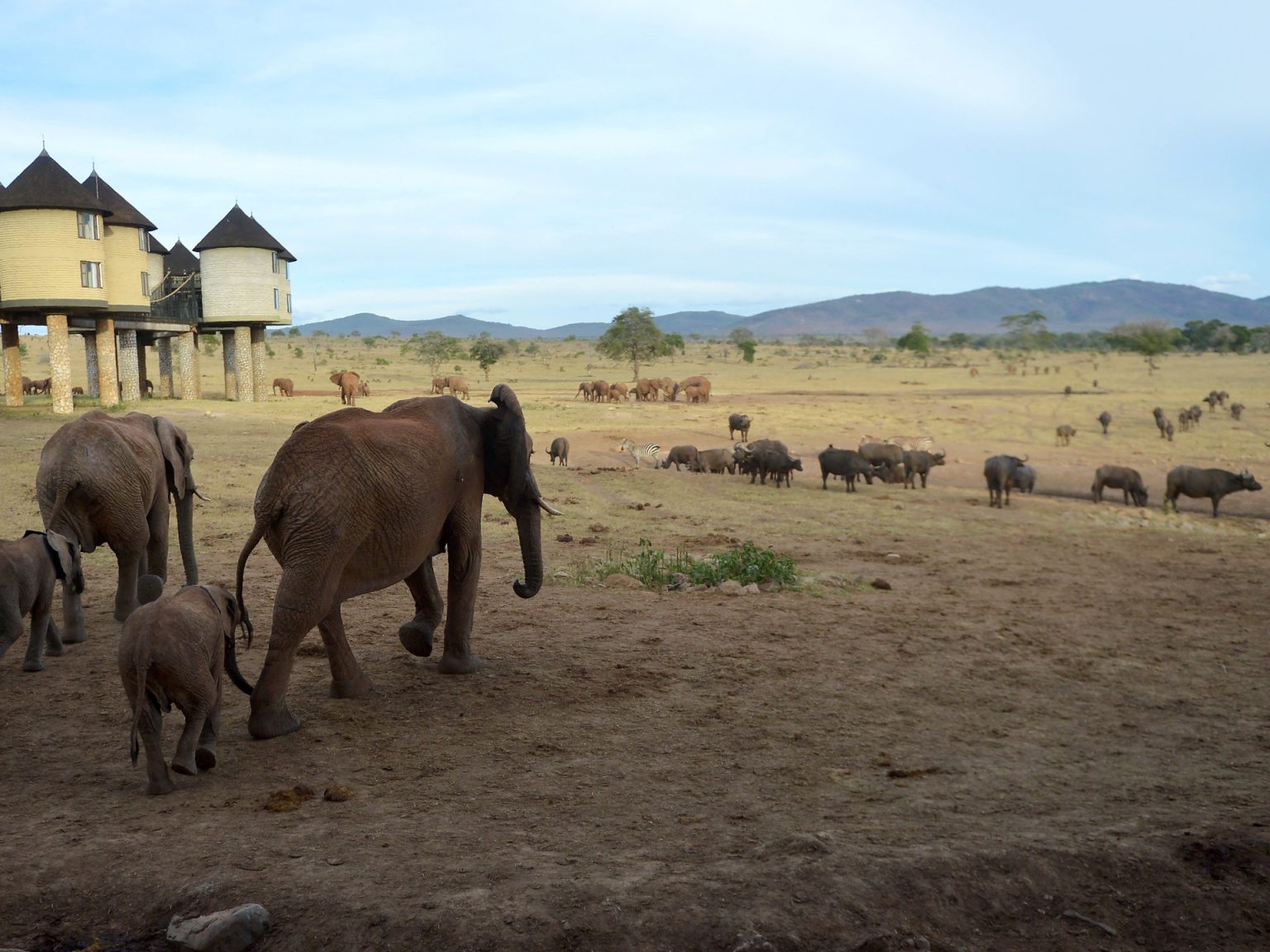In the Kilimanjaro and Arusha regions of Tanzania, the homestead of Mwana Athumani Msemo is surrounded by the beautiful landscape of Mount Kilimanjaro. However, the tranquility is shattered by the tragedy of her husband’s death two years ago while out grazing their cattle. Human-elephant conflicts are on the rise in Tanzania as expanding populations encroach on wildlife spaces, leading to clashes with roaming animals. Elephants, in particular, pose a significant threat to farmers in rural communities, destroying crops and causing financial losses.
Across the continent, as Africa’s population increases, competition for resources between humans and wildlife, particularly elephants, intensifies. Changing climate patterns and habitat loss have forced elephants out of their designated areas, leading to more frequent encounters with humans. Researchers struggle to quantify the exact number of human-elephant conflict cases, but the trend is clear – conflicts are on the rise at an alarming rate, threatening both human lives and wildlife populations.
Efforts to mitigate human-elephant conflicts focus on expanding wildlife corridors and implementing deterrent measures to keep elephants away from farmland. Some innovative solutions, such as using beehives to deter elephants, have shown promising results in reducing crop raids and protecting communities. In villages like Upper Kitete, where beehive fences have been implemented, the frequency of elephant raids has decreased significantly, providing a sense of relief for farmers and residents.
Despite the promise of these solutions, many communities still face ongoing challenges with human-elephant conflicts. Local residents like Msemo and Gilead express frustration at the lack of support and compensation from the government for losses incurred due to elephant attacks. Strict penalties against retaliation and poaching are in place, but the effectiveness of these measures in addressing the root causes of conflicts remains questionable. Continued advocacy and support from organizations, researchers, and government officials are crucial in finding sustainable solutions to mitigate human-elephant conflicts in Tanzania and across the continent.
As populations continue to grow and wildlife habitats shrink, finding a balance between conservation efforts and human livelihoods becomes increasingly challenging. The plight of individuals like Msemo and Gilead underscores the urgent need for coordinated action to address the complex issues surrounding human-elephant conflicts. By investing in innovative solutions, supporting affected communities, and preserving wildlife corridors, there is hope for a future where humans and elephants can coexist peacefully in Tanzania and beyond.
In the face of adversity, villagers like Msemo and Mdee continue to wait for assistance and compensation from the government, hoping for a resolution to the ongoing human-elephant conflicts in their communities. Despite the challenges they face, there remains a sense of resilience and hope that with collective efforts and support, sustainable solutions can be found to protect both human lives and wildlife populations. Through ongoing research, advocacy, and community engagement, there is potential to create a future where humans and elephants can thrive together in harmony.


